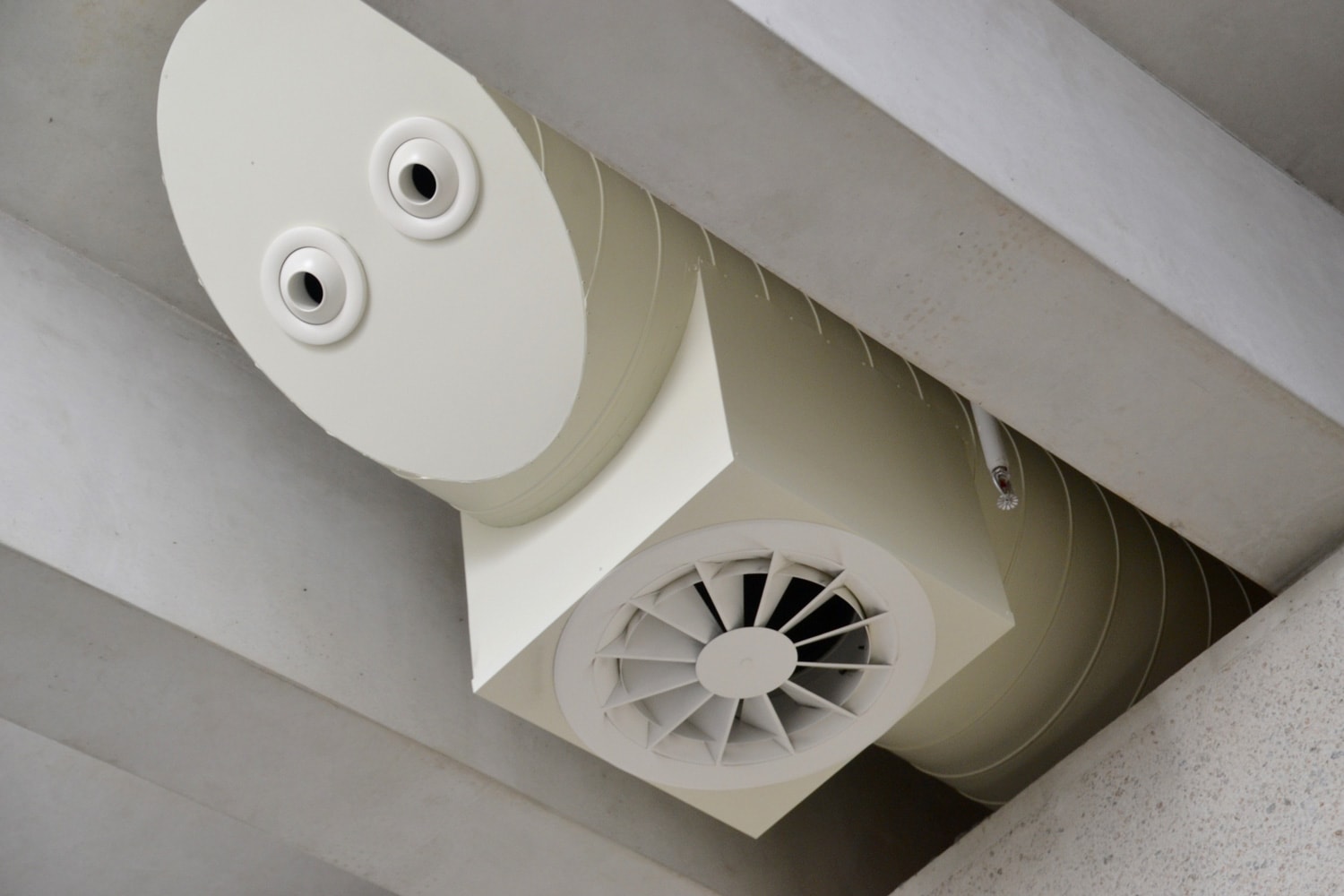

Articles
How Often To Run HVAC Fan
Modified: December 7, 2023
Discover how often you should run your HVAC fan with our informative articles. Optimize your heating and cooling system for maximum efficiency and comfort.
(Many of the links in this article redirect to a specific reviewed product. Your purchase of these products through affiliate links helps to generate commission for Storables.com, at no extra cost. Learn more)
Introduction
Welcome to our comprehensive guide on how often to run the HVAC fan! If you’re a homeowner or business owner, you may be wondering about the optimal usage of your HVAC system to maintain indoor comfort and energy efficiency. One important component of the HVAC system is the fan, which plays a crucial role in circulating air throughout your home or commercial space.
In this article, we will delve into the functions of the HVAC fan, explore the factors to consider when deciding how often to run it, discuss the benefits and drawbacks of continuous fan operation, and outline optimal strategies for running the HVAC fan based on different weather conditions.
By the end, you’ll have a clear understanding of how to maximize the performance of your HVAC system and achieve the desired indoor comfort while keeping energy costs in check.
Key Takeaways:
- Running the HVAC fan continuously can improve air circulation, filtration, and temperature regulation, enhancing indoor comfort. However, it’s essential to balance these benefits with potential drawbacks such as increased energy consumption and allergen distribution.
- Tailoring HVAC fan operation to weather conditions and personal preferences is crucial for optimizing comfort and energy efficiency. Utilize programmable thermostats, zoning features, and natural ventilation to find the right balance for your specific living or working space.
Read more: How Long Should My HVAC Fan Run Per Hour
What Does the HVAC Fan Do?
The HVAC fan, also known as the blower fan or air handler, is a vital component of your HVAC system. Its primary function is to circulate the air throughout your home or commercial space. When the HVAC system is activated, the fan pulls in air from the surroundings, passes it through the filters, and then distributes it through the ductwork to different areas of the building.
The HVAC fan serves multiple purposes:
- Air Circulation: The fan helps to circulate the conditioned air evenly throughout your living or working space. This ensures that every room receives the desired temperature, humidity levels, and air quality, resulting in consistent comfort.
- Air Filtration: As the air passes through the filters, the HVAC fan helps to remove dust, allergens, and other contaminants present in the air. This improves the indoor air quality and reduces the risk of respiratory issues and allergies.
- Temperature Regulation: By distributing the conditioned air efficiently, the HVAC fan helps to maintain a consistent temperature throughout your home or commercial space. It eliminates hot or cold spots and ensures that the rooms are comfortable and pleasant.
- Humidity Control: In addition to temperature control, the HVAC fan also aids in regulating humidity levels. It helps to circulate the air, preventing excessive moisture build-up or dryness, creating a healthier and more comfortable environment.
Overall, the HVAC fan is a crucial component that ensures proper air circulation, filtration, temperature regulation, and humidity control, all of which contribute to indoor comfort and well-being.
The Role of HVAC Fan in Indoor Comfort
The HVAC fan plays a significant role in creating and maintaining indoor comfort. It works in conjunction with the heating and cooling components of your HVAC system to ensure that the desired temperature, humidity, and air quality are achieved throughout your home or commercial space.
Here are some key ways in which the HVAC fan contributes to indoor comfort:
- Air Distribution: The HVAC fan circulates the conditioned air from the heating or cooling unit and distributes it evenly to different areas of your building. This helps to eliminate temperature imbalances and ensures that every room receives the appropriate amount of conditioned air for optimal comfort.
- Airflow Control: By adjusting the speed of the HVAC fan, you can control the airflow within your space. During hot weather, increasing the fan speed can create a cooling effect by increasing the air movement. In colder months, running the fan at a lower speed can help to gently mix the warm air and prevent drafts.
- Filtration and Air Quality: As mentioned earlier, the HVAC fan helps to pull air through the filters, removing dust, allergens, and other pollutants. This improves the indoor air quality by reducing the presence of harmful particles that can trigger allergies or respiratory issues.
- Humidity Control: The fan contributes to humidity control by aiding in the circulation of air throughout your space. In humid climates, running the fan helps to remove excess moisture and prevent the growth of mold and mildew. In dry climates, the fan can help distribute moisture evenly, preventing dryness and discomfort.
By running the HVAC fan effectively, you can maintain a comfortable indoor environment that is conducive to relaxation, productivity, and overall well-being. However, it’s important to strike a balance between running the fan continuously for improved comfort and managing energy consumption to keep utility costs in check.
Factors to Consider When Deciding How Often to Run the HVAC Fan
Deciding how often to run the HVAC fan is a matter of personal preference and depends on various factors. Here are some key factors to consider when determining the optimal usage of your HVAC fan:
- Comfort Preferences: Your comfort preferences play a crucial role in deciding how often to run the HVAC fan. Some people prefer to have the fan running continuously for consistent air circulation, while others may find the noise or air movement bothersome and prefer to use it only when needed.
- Energy Efficiency: Running the HVAC fan continuously can result in increased energy consumption and higher utility bills. If energy efficiency is a priority, you may consider using the fan sparingly or utilizing programmable thermostats to schedule fan operation during specific times of the day or in specific zones of your home.
- Weather Conditions: The weather conditions outside can also influence how often you run the HVAC fan. During hot and humid weather, running the fan can help circulate air and create a cooling effect. On the other hand, during mild weather, you may choose to rely on natural ventilation and limit the use of the fan.
- Air Quality Concerns: If you live in an area with poor outdoor air quality or have specific allergies or respiratory conditions, you may want to run the fan more frequently to ensure continuous filtration and fresh air circulation.
- Insulation and Ventilation: The quality of insulation and ventilation in your home can also impact the need for running the HVAC fan. Proper insulation can help maintain temperature and reduce the reliance on the fan, while good ventilation can ensure sufficient fresh air exchange without solely relying on the fan.
It’s important to assess these factors and strike a balance that meets your comfort needs while optimizing energy efficiency and indoor air quality. Experimenting with different fan usage patterns and monitoring the impact on comfort and energy bills can help you find the right balance for your specific circumstances.
Benefits of Running the HVAC Fan Continuously
Running the HVAC fan continuously, also known as “fan mode” or “circulate mode,” can offer several benefits for your indoor comfort and overall HVAC system performance. Here are some key advantages of running the HVAC fan continuously:
- Consistent Air Circulation: Continuous fan operation ensures a consistent flow of air throughout your home or commercial space. This helps to eliminate stagnant air, reduces temperature imbalances, and enhances overall comfort.
- Improved Air Filtration: The HVAC fan helps to continuously pull air through the filters, removing dust, pollen, pet dander, and other allergens. This leads to improved indoor air quality by reducing the presence of airborne pollutants, which is particularly beneficial for individuals with allergies or respiratory sensitivities.
- Temperature and Humidity Regulation: Running the fan continuously can aid in maintaining a more stable temperature and humidity level within your space. The continuous circulation of air helps to distribute conditioned air evenly, reducing hot or cold spots and preventing moisture buildup or excess dryness.
- Noise Reduction: HVAC fans are designed to operate quietly, and running the fan continuously can help to drown out other background noises in your home or office space. This can be particularly beneficial for light sleepers or individuals who work from home.
- Extended HVAC Lifespan: Continuous fan operation can help to reduce the workload on your HVAC system. By circulating air even when the heating or cooling components are not actively running, it prevents the stagnant air that can lead to issues like mold growth and wear and tear on the system. This can contribute to extending the lifespan of your HVAC system.
It’s important to note that running the HVAC fan continuously may result in slightly higher energy consumption compared to using the fan only when the heating or cooling system is active. However, the benefits in terms of improved comfort, air quality, and HVAC system longevity often outweigh the minimal increase in energy usage.
If you decide to run the HVAC fan continuously, consider using programmable thermostats or smart HVAC systems that allow you to set specific fan schedules or utilize zoning features to customize the fan operation based on your needs and occupancy patterns.
Read more: How To Run HVAC Ductwork
Drawbacks of Running the HVAC Fan Continuously
While running the HVAC fan continuously offers several benefits, there are also some drawbacks to consider. It’s important to weigh these drawbacks against the advantages to make an informed decision about whether continuous fan operation is right for your needs. Here are some potential drawbacks:
- Increased Energy Consumption: Running the HVAC fan continuously can lead to higher energy consumption and increased utility bills. The fan consumes electricity to circulate air, even when the heating or cooling components are not actively running.
- Noise and Air Movement: While modern HVAC fans are designed to operate quietly, the constant airflow and noise may still be noticeable, especially if the fan is located near living or sleeping areas. Some individuals find the constant air movement and noise to be bothersome or disruptive.
- Distribution of Allergens and Dust: Continuous fan operation may distribute allergens, dust, and other particles throughout your space, even if the air is being filtered. This can be a concern for individuals with allergies or respiratory sensitivities, as it may increase exposure to potential irritants.
- Increased Wear and Tear: Running the fan continuously may lead to increased wear and tear on the HVAC system, as the fan motor is operating for longer durations. This could result in more frequent maintenance and potentially shorten the lifespan of the fan motor.
- Unnecessary Energy Usage during Mild Weather: In mild weather conditions, when heating or cooling is not required, running the HVAC fan continuously may use energy unnecessarily. This can be avoided by using the fan intermittently or relying on natural ventilation to maintain indoor comfort.
It’s essential to strike a balance between achieving optimal indoor comfort and managing energy consumption. Assess your specific needs and preferences to determine whether the drawbacks of continuous fan operation outweigh the benefits. If energy efficiency is a significant concern or if the drawbacks are particularly relevant to your situation, you may opt for using the fan strategically or in conjunction with other ventilation methods.
Remember that regular maintenance of your HVAC system, including cleaning or replacing filters, can help mitigate some of the drawbacks associated with continuous fan operation by maintaining the efficiency of the system and improving air quality.
Running your HVAC fan continuously can help improve air circulation and filtration, but it may also increase energy costs. Consider running it on a schedule or using a programmable thermostat for optimal efficiency.
Optimal Strategies for Running the HVAC Fan
Finding the optimal strategy for running the HVAC fan involves considering factors such as comfort, energy efficiency, and indoor air quality. Here are some strategies to help you make informed decisions:
- Schedule Fan Operation: Utilize programmable thermostats or smart HVAC systems to schedule fan operation at specific times of the day. This allows you to customize the fan’s operation based on your occupancy patterns and preferences. For example, you can set the fan to run during the day when the space is occupied and turn it off at night when everyone is asleep.
- Utilize Fan Only Mode: Most HVAC systems have a “fan only” mode that allows you to run the fan without activating the heating or cooling components. This can be especially useful during mild weather when you want to enhance air circulation without the need for additional heating or cooling.
- Use Zoning: If your home or commercial space has multiple zones with separate thermostats, consider implementing zoning strategies. This allows you to control the fan operation individually for each zone, focusing on areas where constant air circulation is desired, while minimizing fan usage in unoccupied zones.
- Combine with Natural Ventilation: Take advantage of natural ventilation when weather conditions permit. Open windows and doors to allow fresh air to enter your space, reducing reliance on the HVAC fan. This can be particularly effective during temperate seasons or in mild climates.
- Adjust Fan Speed: Many HVAC systems offer multiple fan speed options. Experiment with different fan speeds to find the optimal balance between air circulation, noise level, and energy consumption. Lower fan speeds can provide gentle airflow, while higher speeds may be more suitable for cooling effects during hot weather.
- Maintain Filters: Regularly clean or replace filters as recommended by the manufacturer. Clogged filters restrict airflow and decrease the efficiency of the HVAC system, leading to increased energy consumption. Properly maintained filters ensure optimal air quality and support the overall performance of the fan.
It’s important to tailor these strategies to your specific needs and living conditions. Consider factors such as climate, occupancy patterns, and personal preferences when deciding how often and when to run the HVAC fan. Regularly evaluate the impact of your chosen strategy on comfort, energy usage, and indoor air quality to make adjustments as needed.
Seeking the guidance of a professional HVAC technician can also help you optimize the operation of your HVAC system and provide valuable insights for running the fan efficiently.
How Often to Run the HVAC Fan in Different Weather Conditions
The frequency of running the HVAC fan can vary depending on the weather conditions outside. Here are optimal recommendations for running the fan in different weather scenarios:
Hot and Humid Weather
During hot and humid weather, running the HVAC fan can provide relief by enhancing air circulation and creating a cooling effect. Here are some strategies to consider:
- Run the fan continuously: Continuous fan operation can help circulate the air, reducing the feeling of stuffiness and maintaining a more comfortable environment.
- Use the “fan only” mode: If your HVAC system has a specific fan-only mode, utilize it to run the fan without activating the cooling components. This can help lower energy usage while still benefiting from increased air circulation.
- Adjust the fan speed: Increase the fan speed to maximize air movement and the cooling effect. This can be particularly beneficial during the hottest parts of the day.
- Consider using ceiling fans: Supplement the HVAC system by utilizing ceiling fans to create additional air movement and enhance the cooling effect.
Read more: How Often Should A Refrigerator Run
Mild Weather
During mild weather conditions when neither heating nor cooling is needed, you can minimize fan usage to conserve energy. Here are some recommendations:
- Only run the fan when necessary: Use the HVAC fan sparingly during mild weather. If the indoor air feels stagnant or you need to improve air circulation, turn on the fan for a limited time or utilize natural ventilation by opening windows and doors.
- Rely on natural ventilation: Take advantage of pleasant outdoor temperatures by opening windows and utilizing cross-ventilation to bring fresh air into your space.
- Use intermittent fan operation: If you prefer to have some airflow, set the fan to cycle on and off intermittently, allowing short bursts of air circulation at specific intervals.
Cold Weather
During cold weather, running the HVAC fan can help distribute warm air and maintain a consistent temperature throughout your space. Consider the following strategies:
- Utilize the fan sparingly: Only run the fan when the heating system is active. This helps circulate the heated air and eliminate cold spots in your home or office.
- Lower the fan speed: Reduce the fan speed to avoid creating drafts and minimize heat loss through air movement.
- Invest in a furnace filter: Consider upgrading to a high-quality furnace filter that reduces the likelihood of dust and other particles being circulated by the fan while it runs intermittently.
Adapting the operation of your HVAC fan based on weather conditions can help maintain optimal comfort while managing energy consumption. Remember to consider your personal preferences, energy efficiency goals, and the recommendations provided to make the best decision for your specific circumstances.
Conclusion
The operation of the HVAC fan plays a crucial role in maintaining indoor comfort, air quality, and energy efficiency. By understanding the functions and benefits of the fan, as well as considering various factors, you can make informed decisions on how often to run it.
Continuous fan operation offers benefits such as consistent air circulation, improved air filtration, temperature regulation, noise reduction, and extended HVAC system lifespan. However, it may result in increased energy consumption and the distribution of allergens and dust. It’s important to strike a balance between the advantages and drawbacks to find the optimal strategy for your specific needs.
Consider factors like comfort preferences, energy efficiency goals, weather conditions, air quality concerns, and the quality of insulation and ventilation in your space. Utilize programmable thermostats, zoning features, and a combination of natural ventilation and fan operation to customize the usage of your HVAC fan.
During hot and humid weather, running the fan continuously or using the “fan only” mode can enhance the cooling effect and improve air circulation. In mild weather conditions, minimize fan usage and rely on natural ventilation. During cold weather, run the fan sparingly to distribute warm air without creating drafts.
Regular maintenance of the HVAC system, including cleaning or replacing filters, is essential for optimal fan performance and air quality. Monitoring your energy usage and evaluating the impact of different fan operation strategies can help you find the right balance between comfort and efficiency.
Ultimately, the decision of how often to run the HVAC fan depends on your personal preferences and the specific characteristics of your living or working space. By considering the factors outlined in this guide and adopting optimal strategies, you can achieve the desired indoor comfort while managing energy consumption and promoting a healthy indoor environment.
Frequently Asked Questions about How Often To Run HVAC Fan
Was this page helpful?
At Storables.com, we guarantee accurate and reliable information. Our content, validated by Expert Board Contributors, is crafted following stringent Editorial Policies. We're committed to providing you with well-researched, expert-backed insights for all your informational needs.
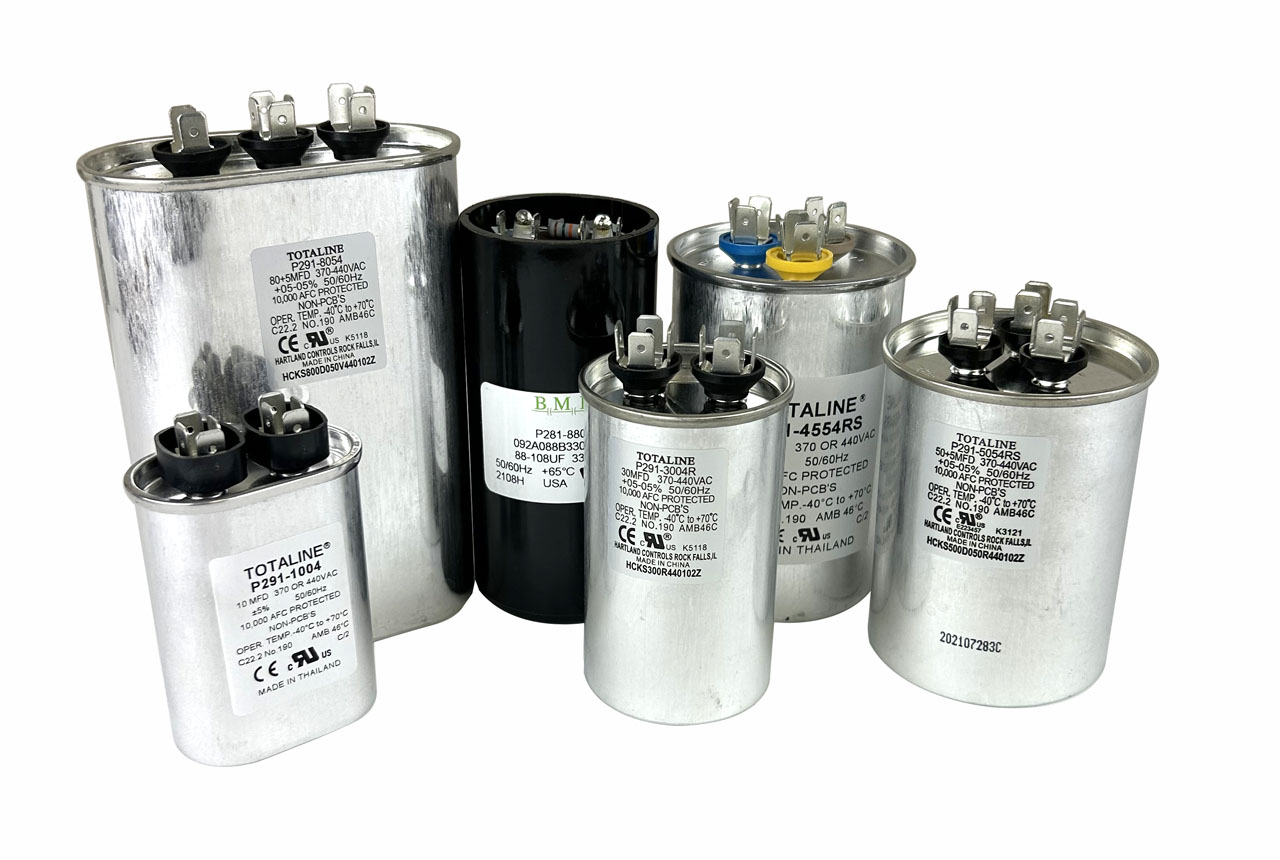
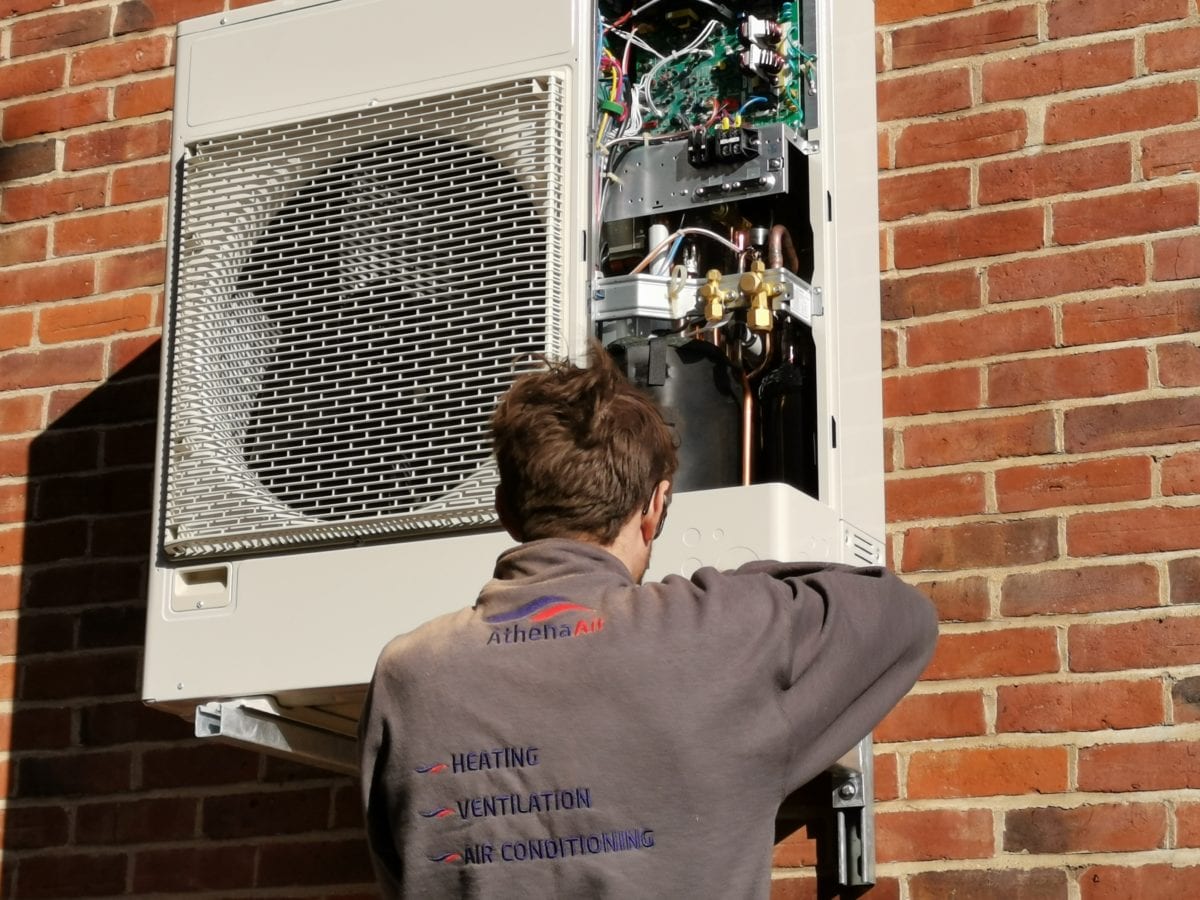
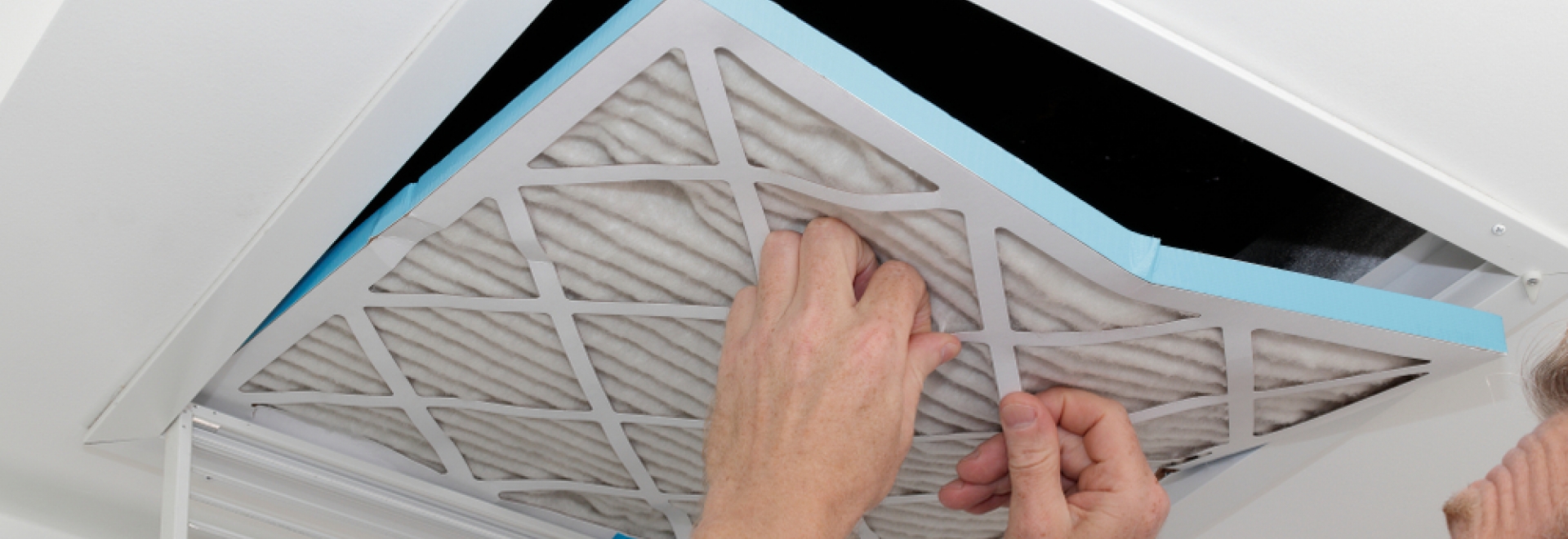
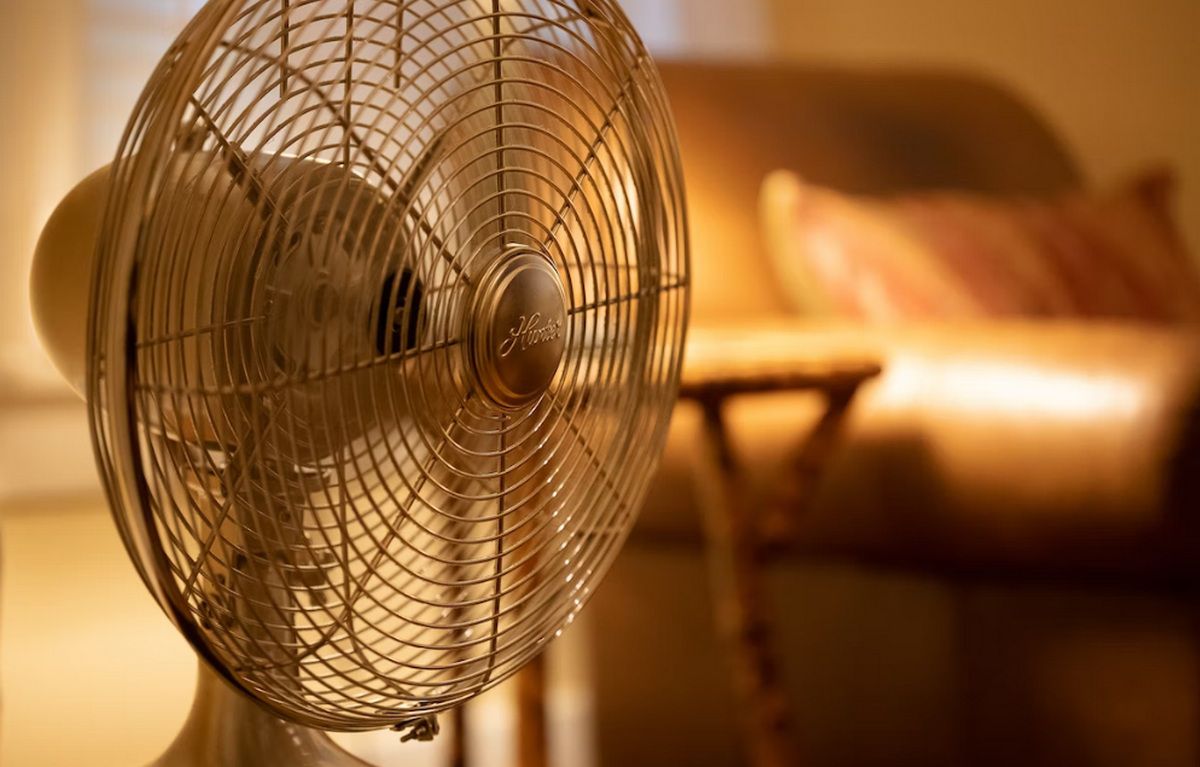
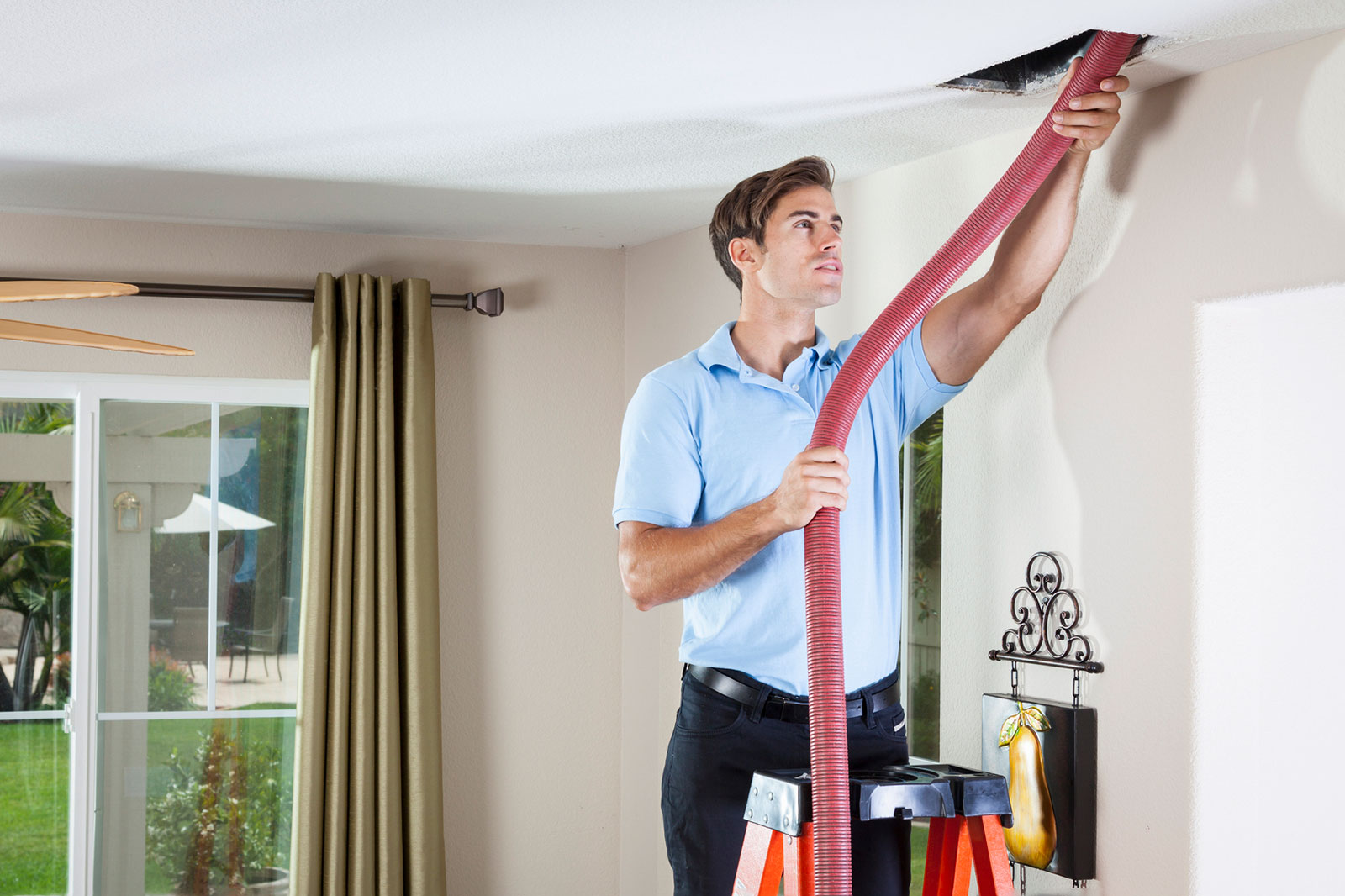

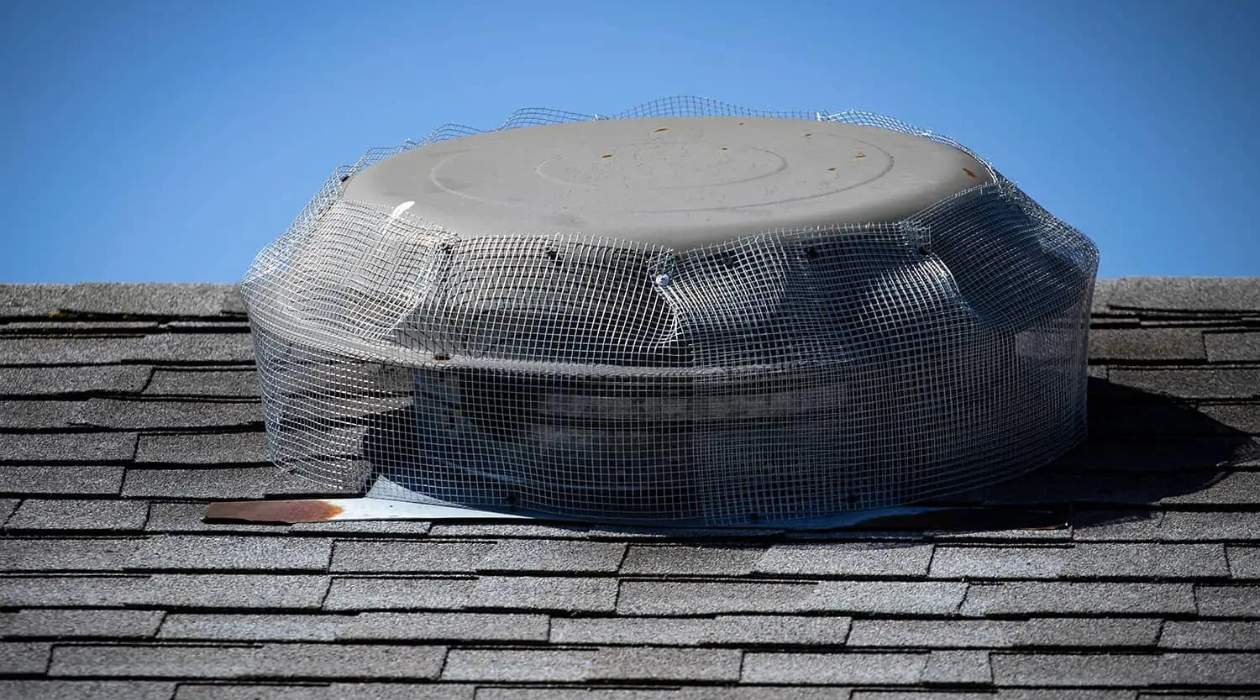
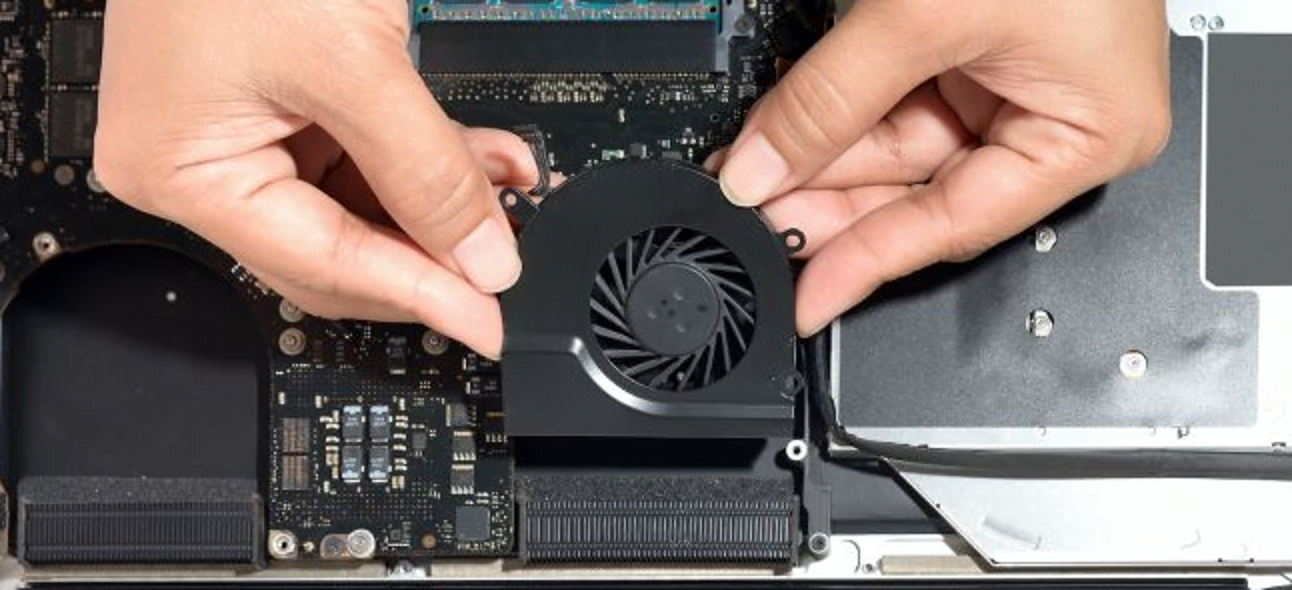
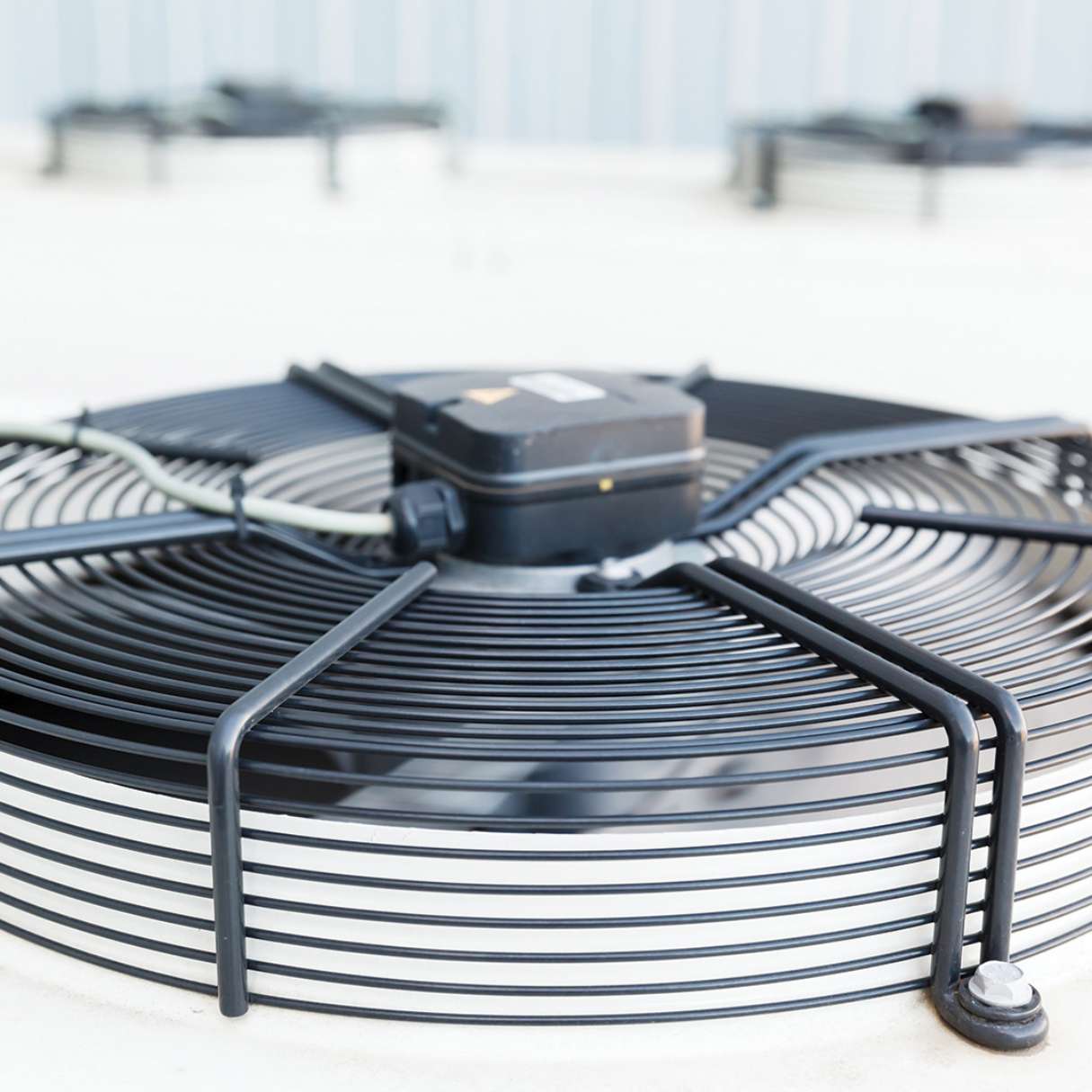
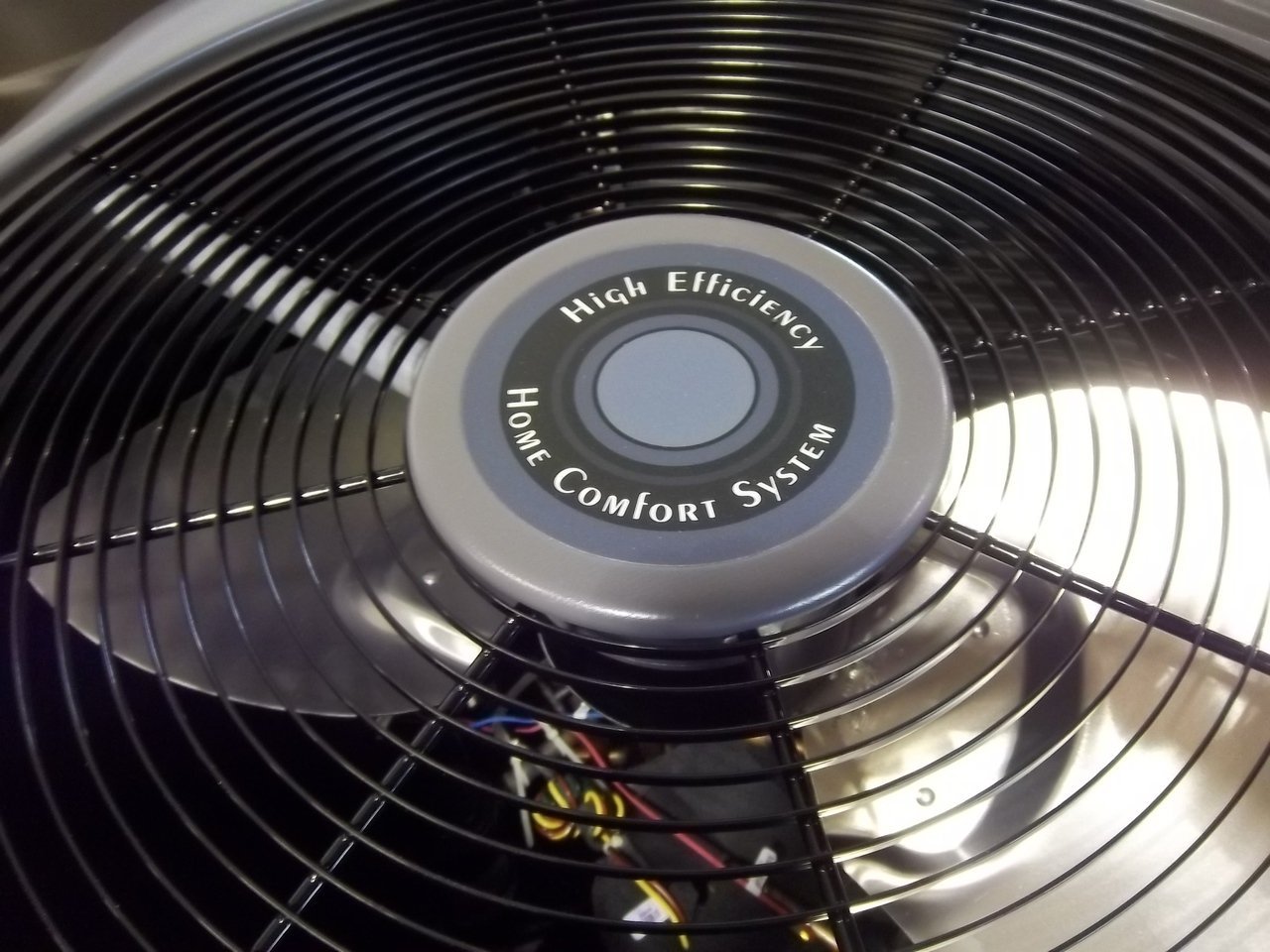
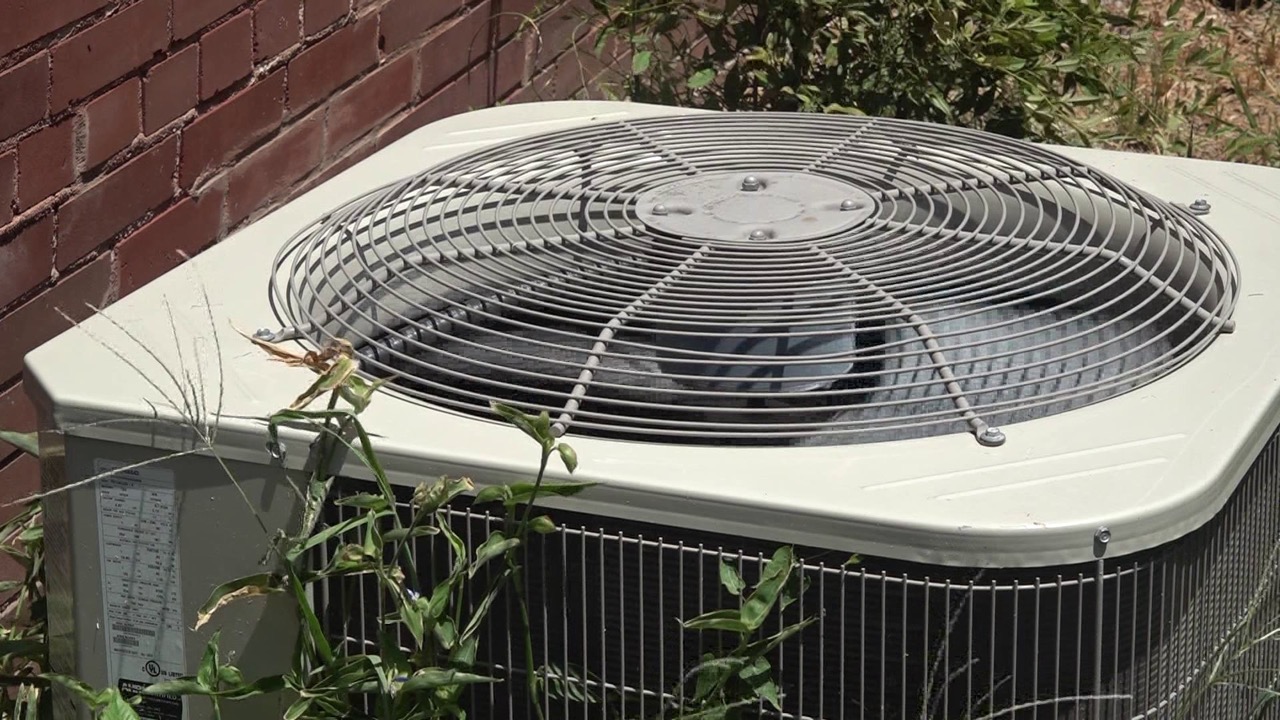
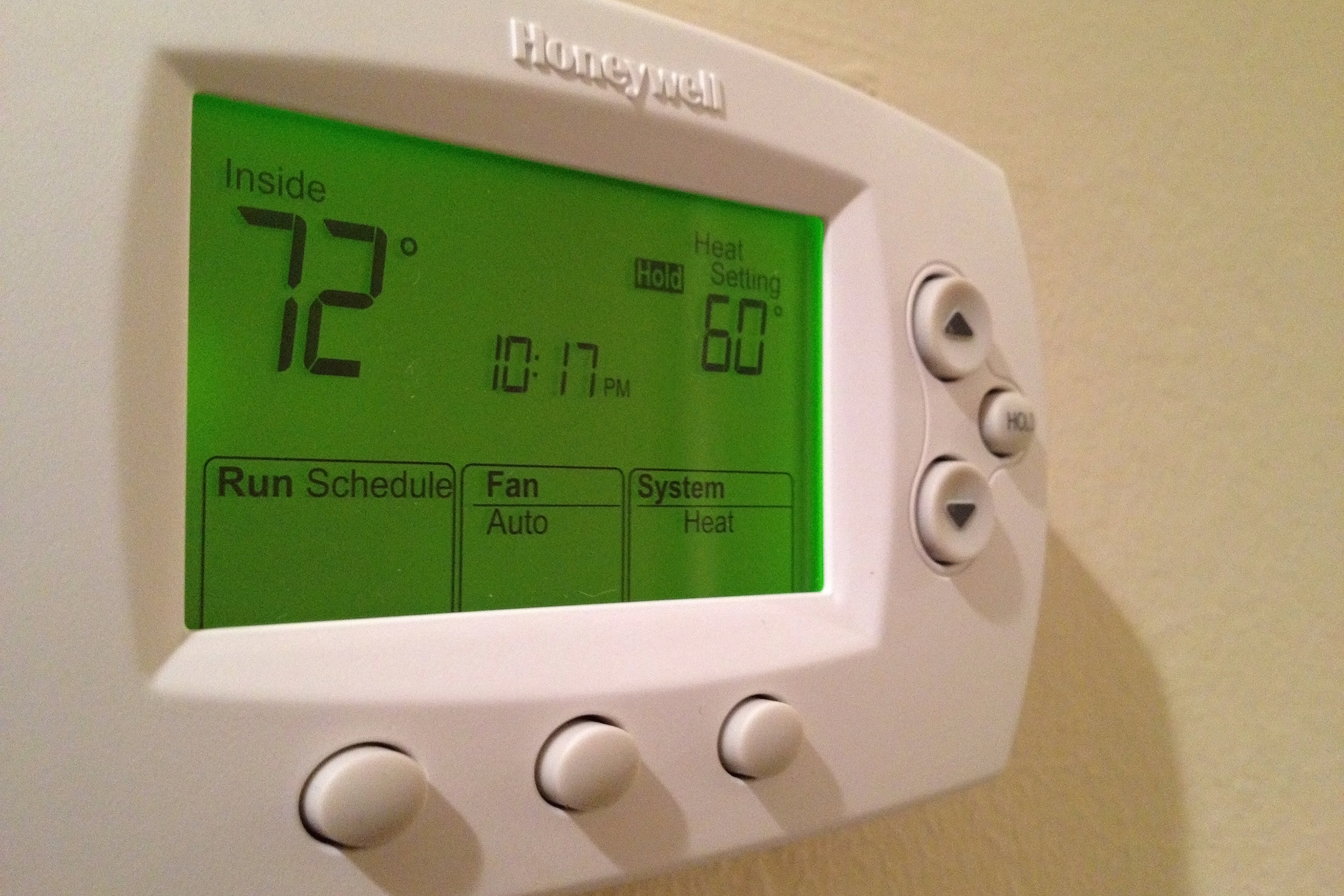
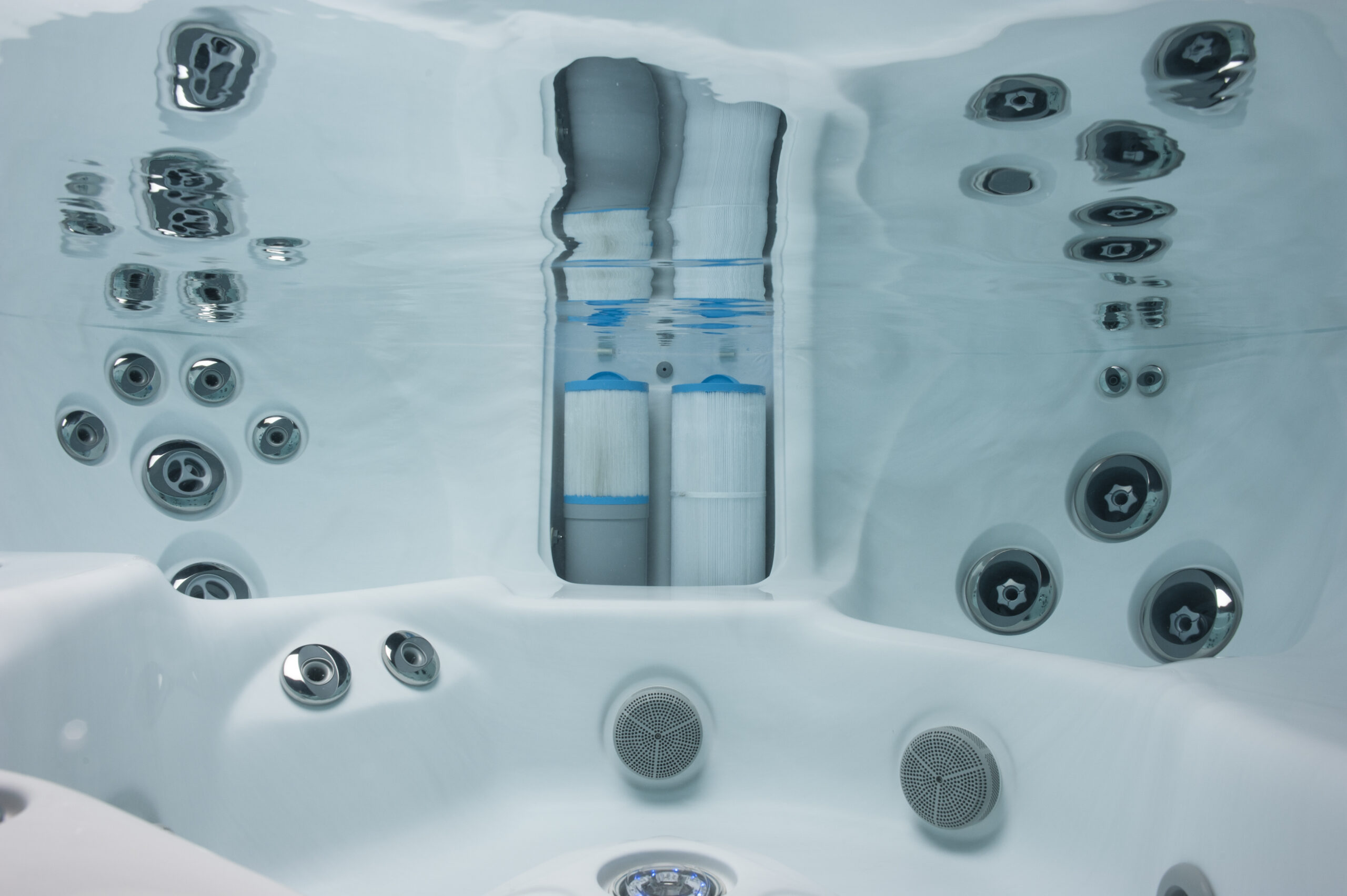

0 thoughts on “How Often To Run HVAC Fan”